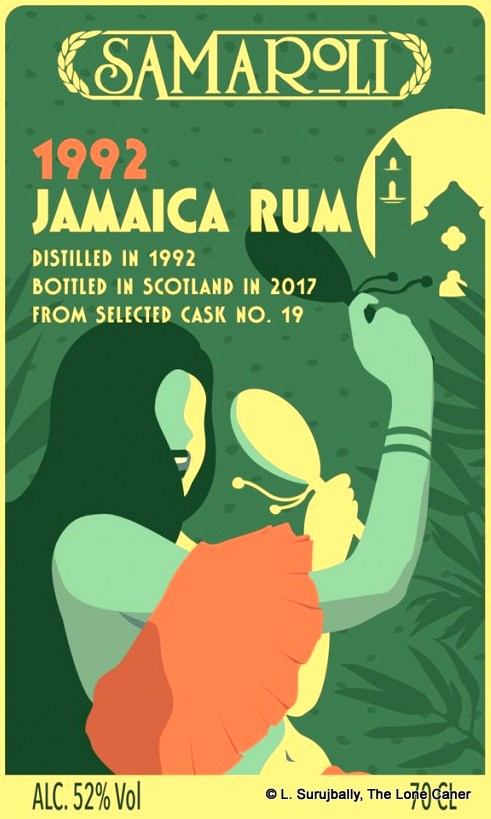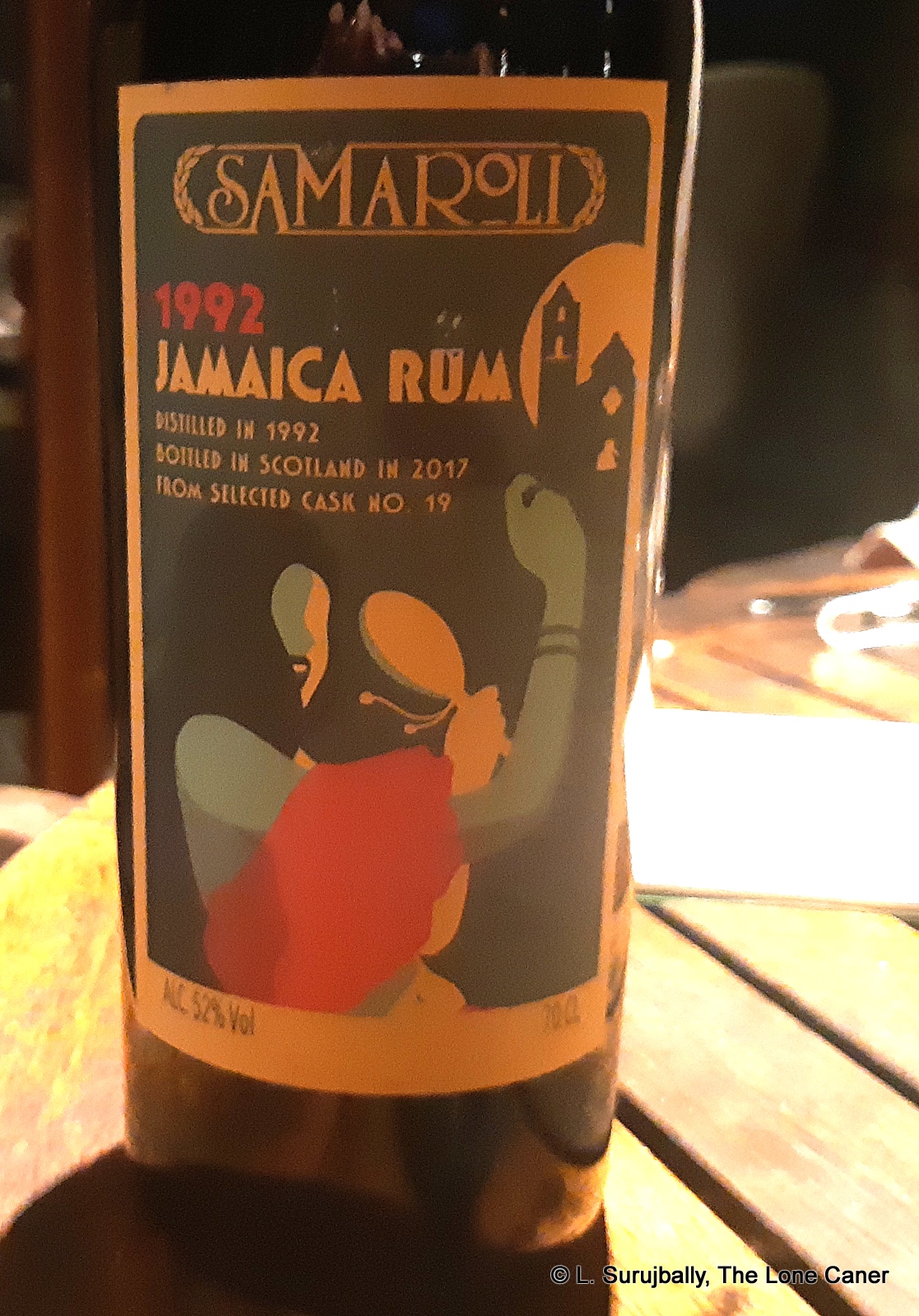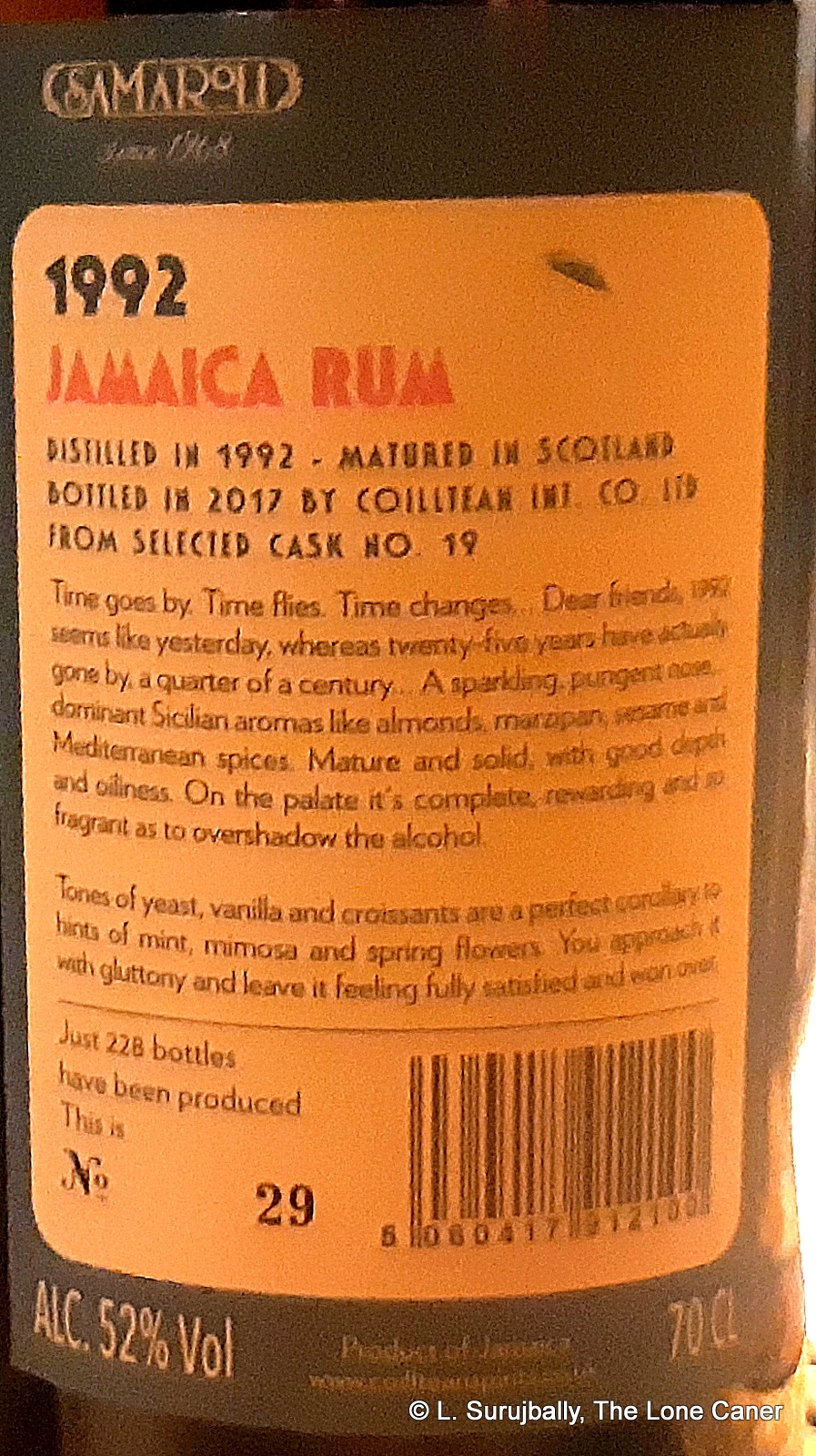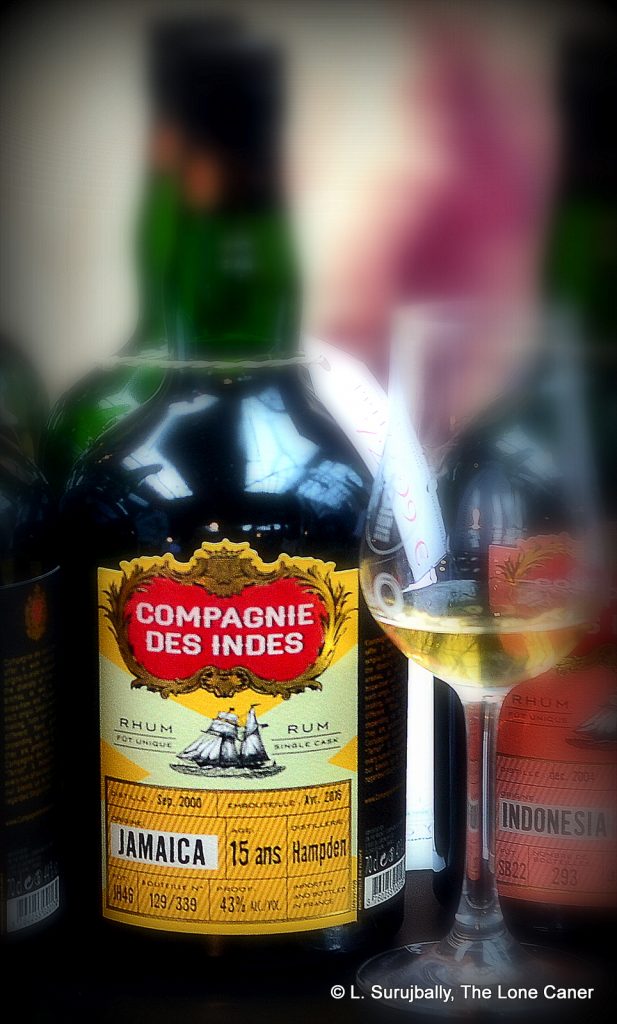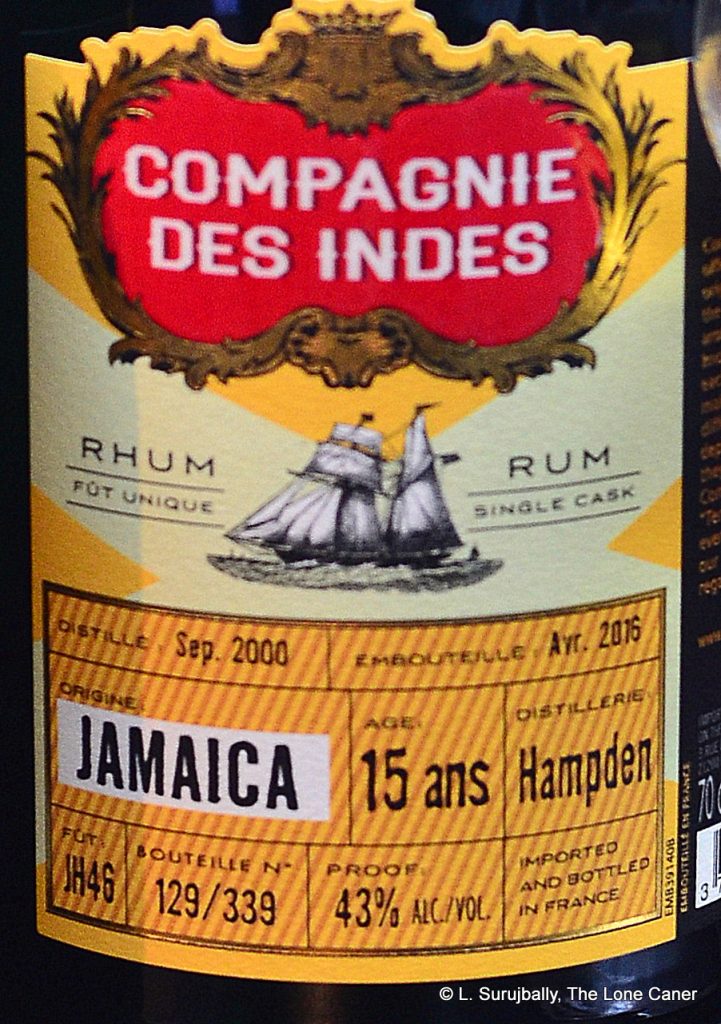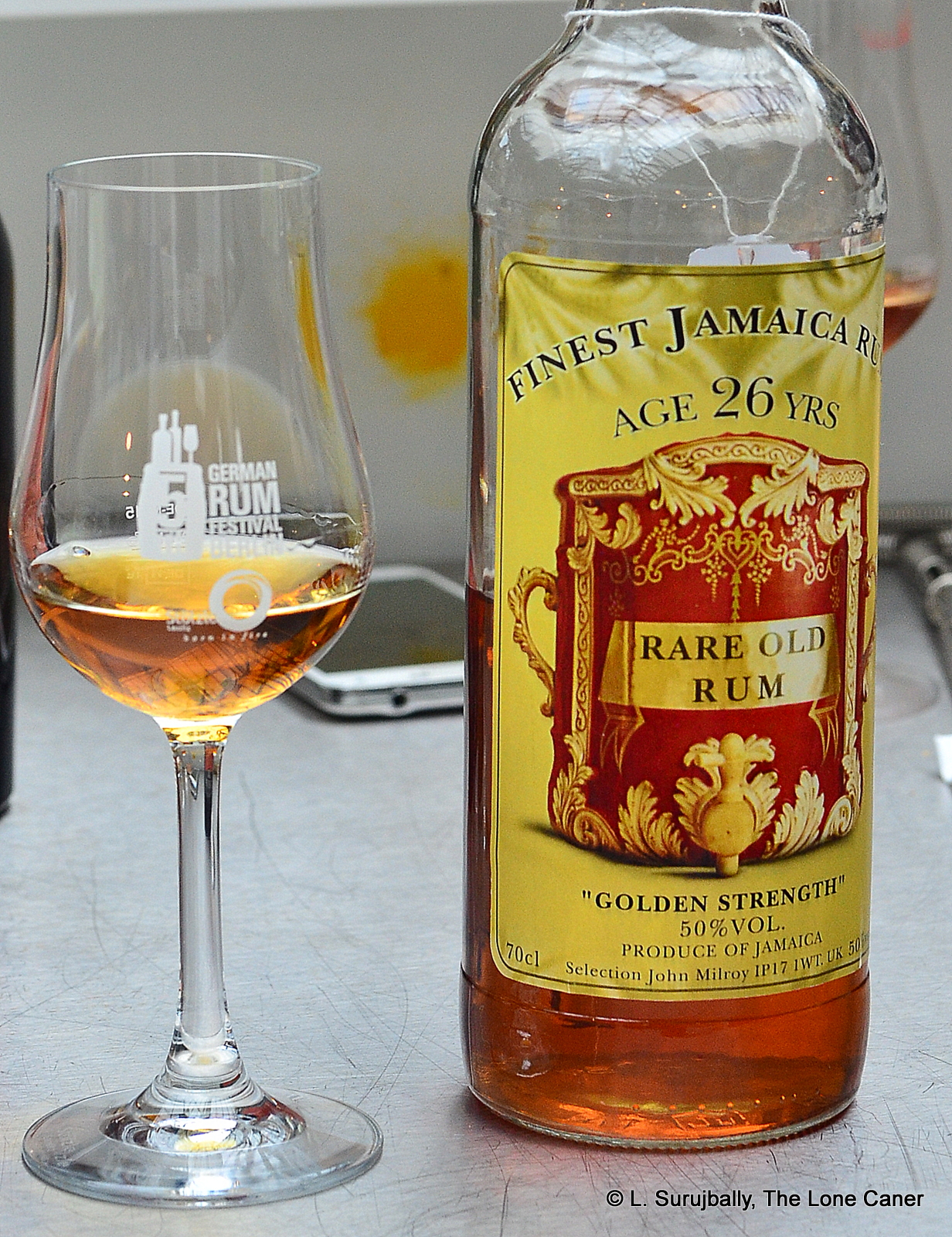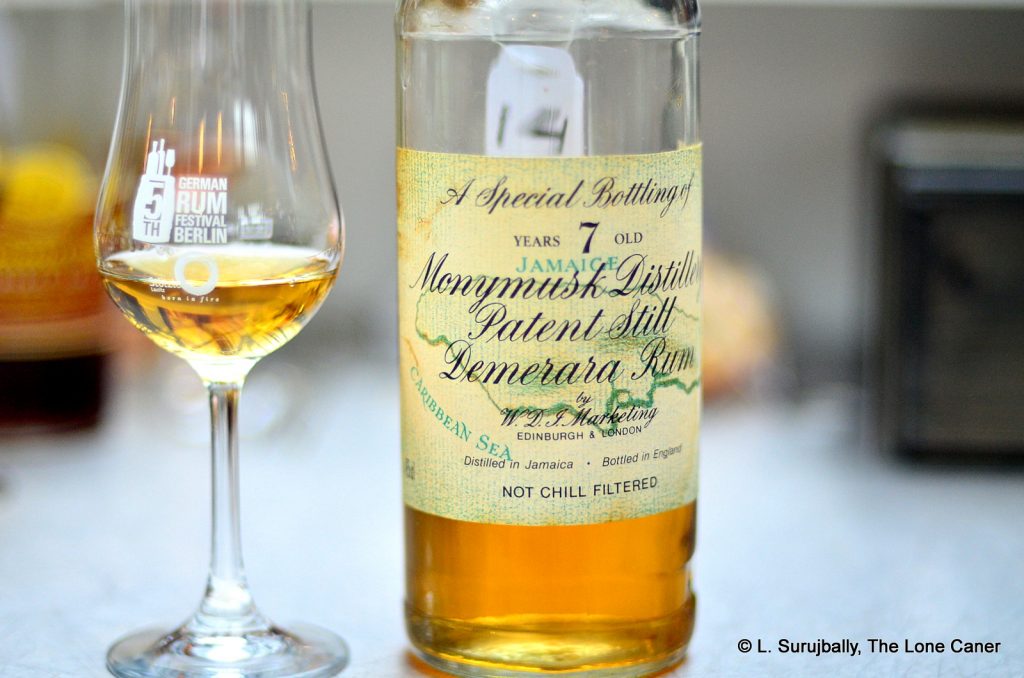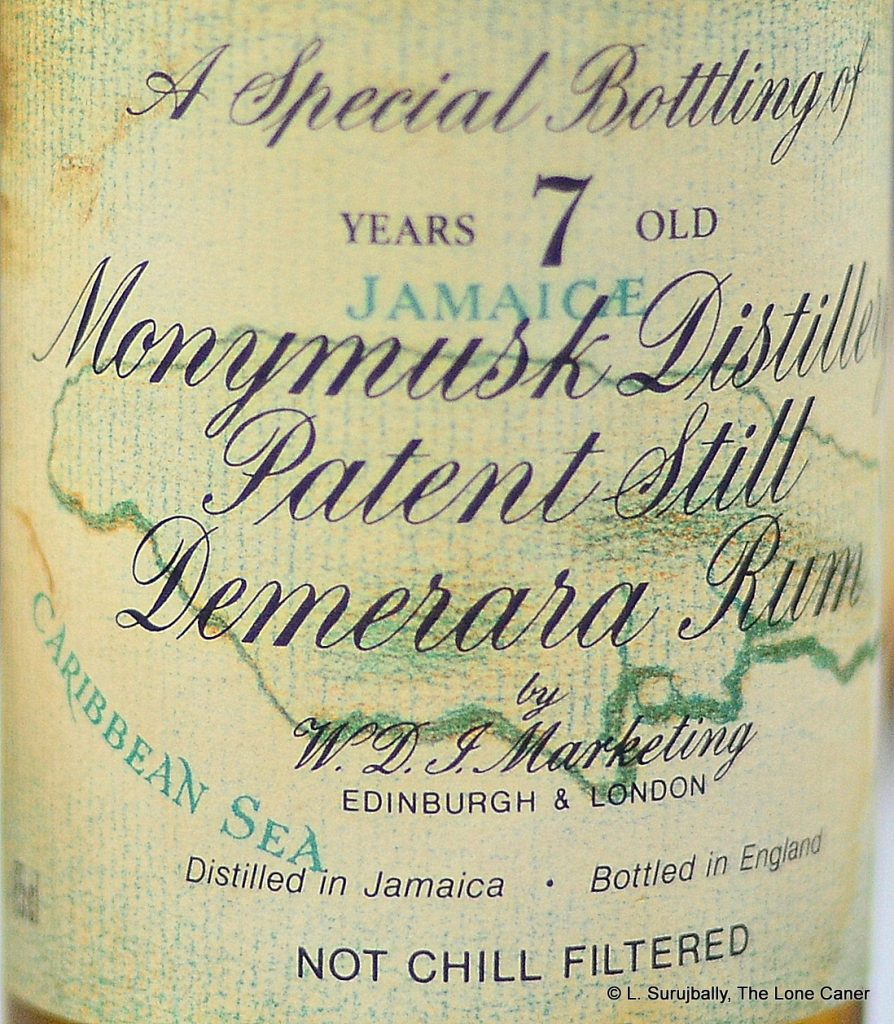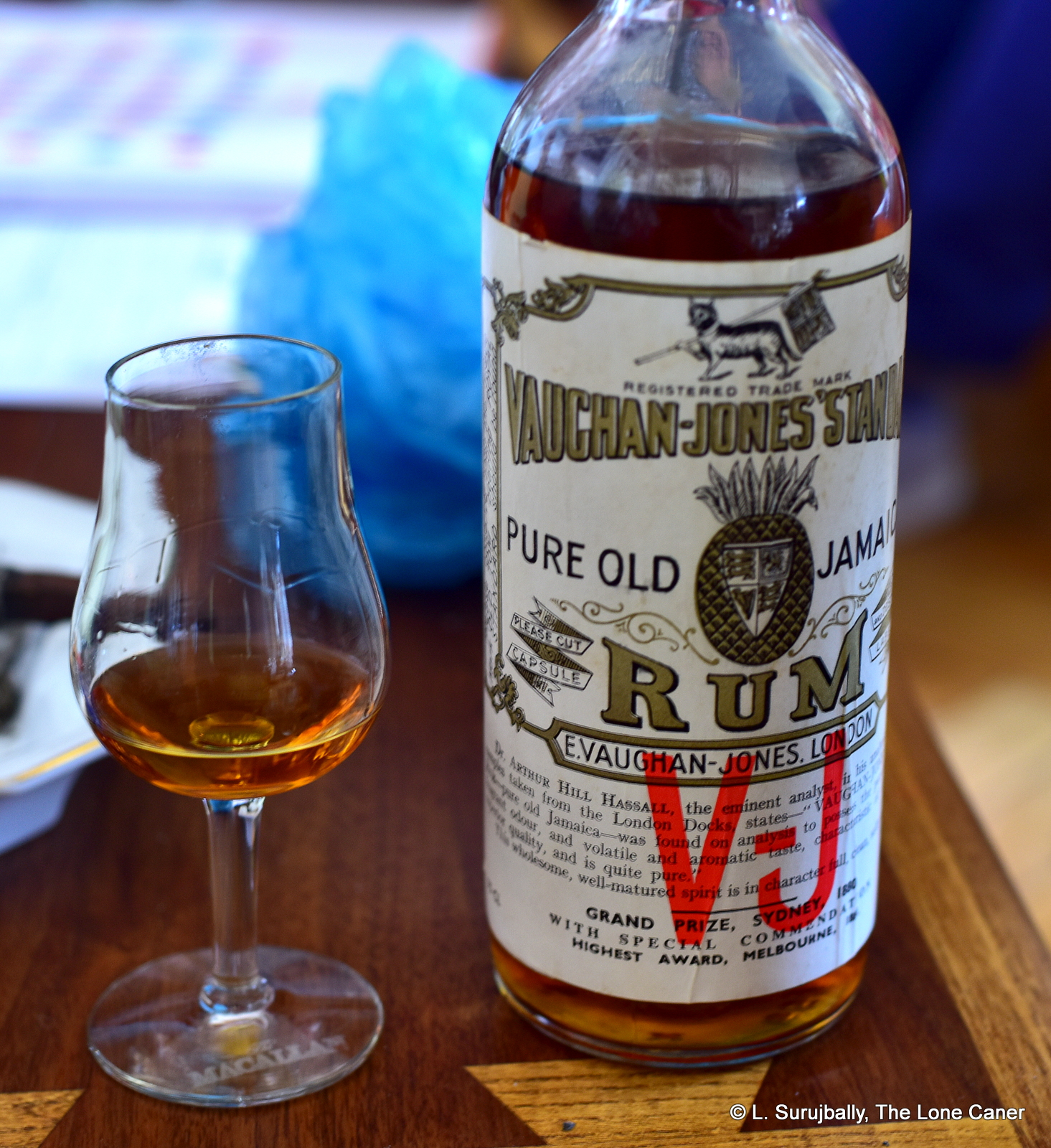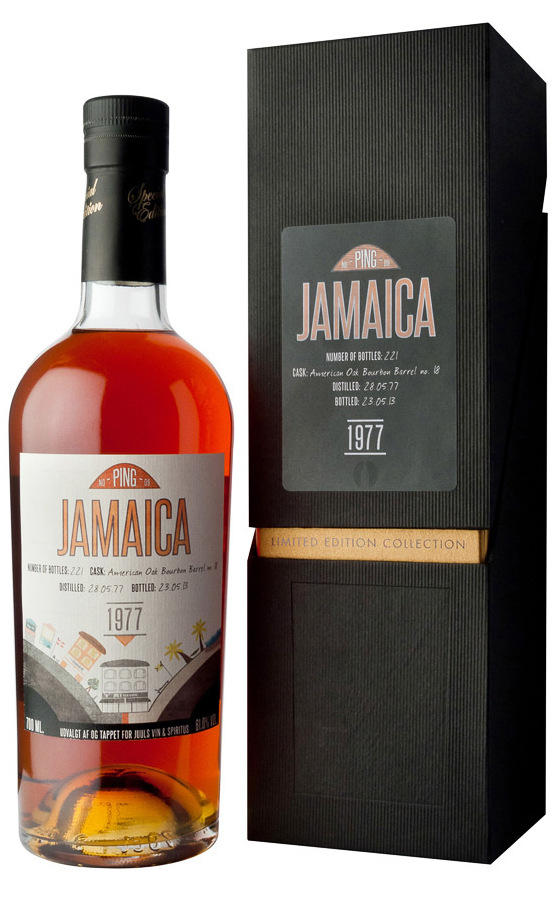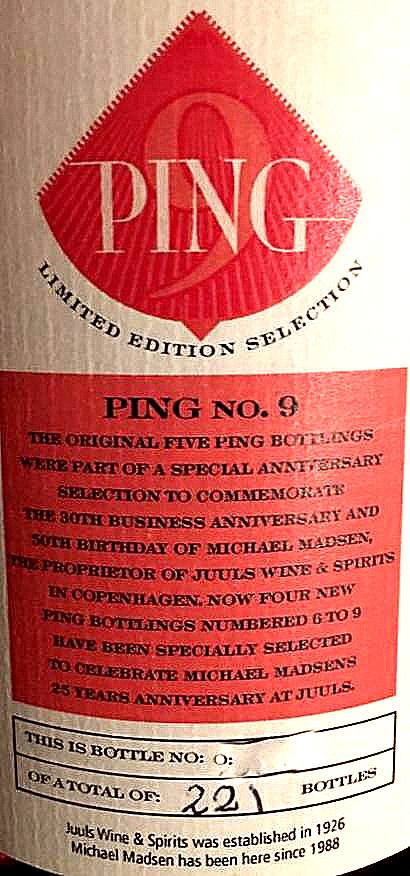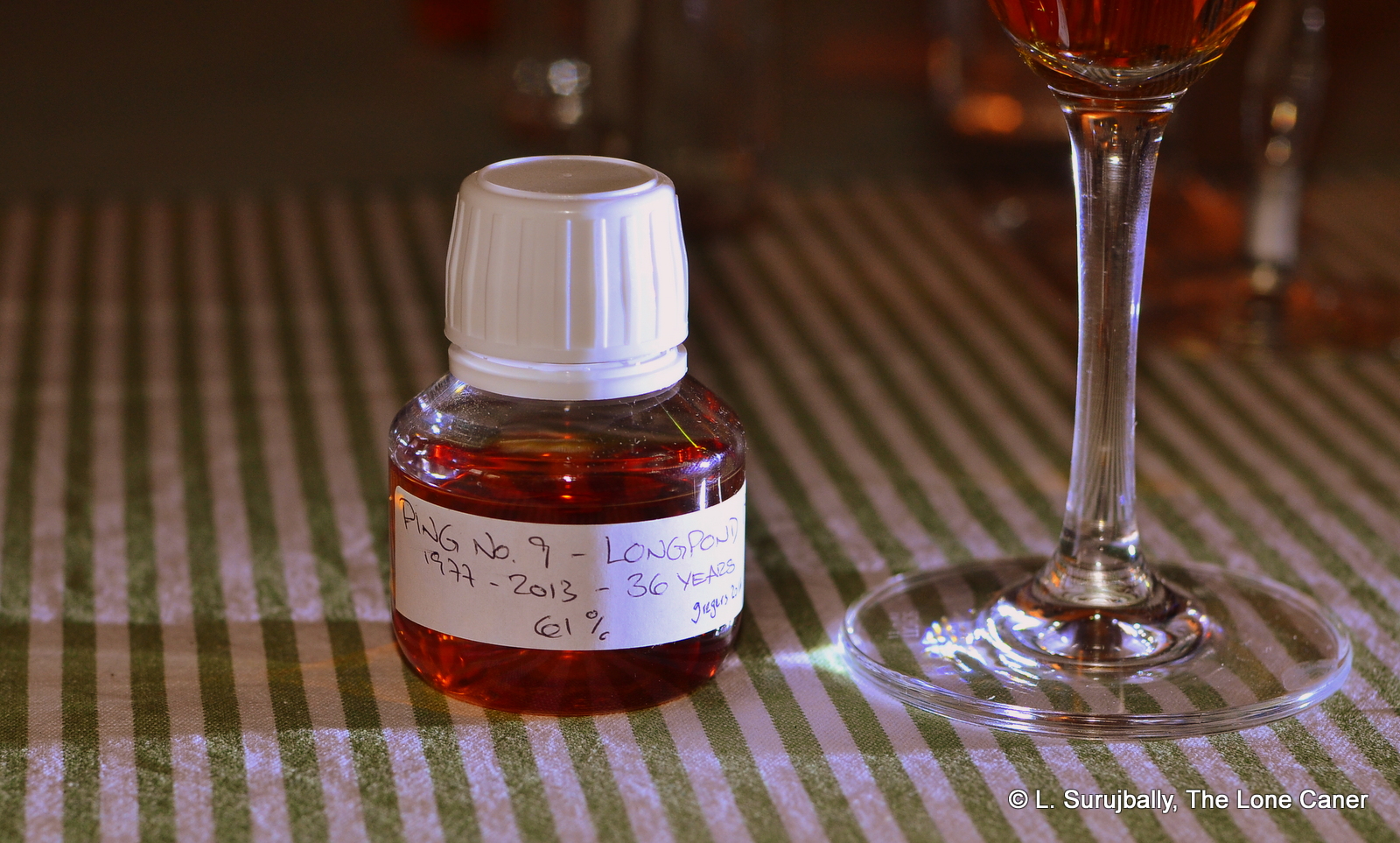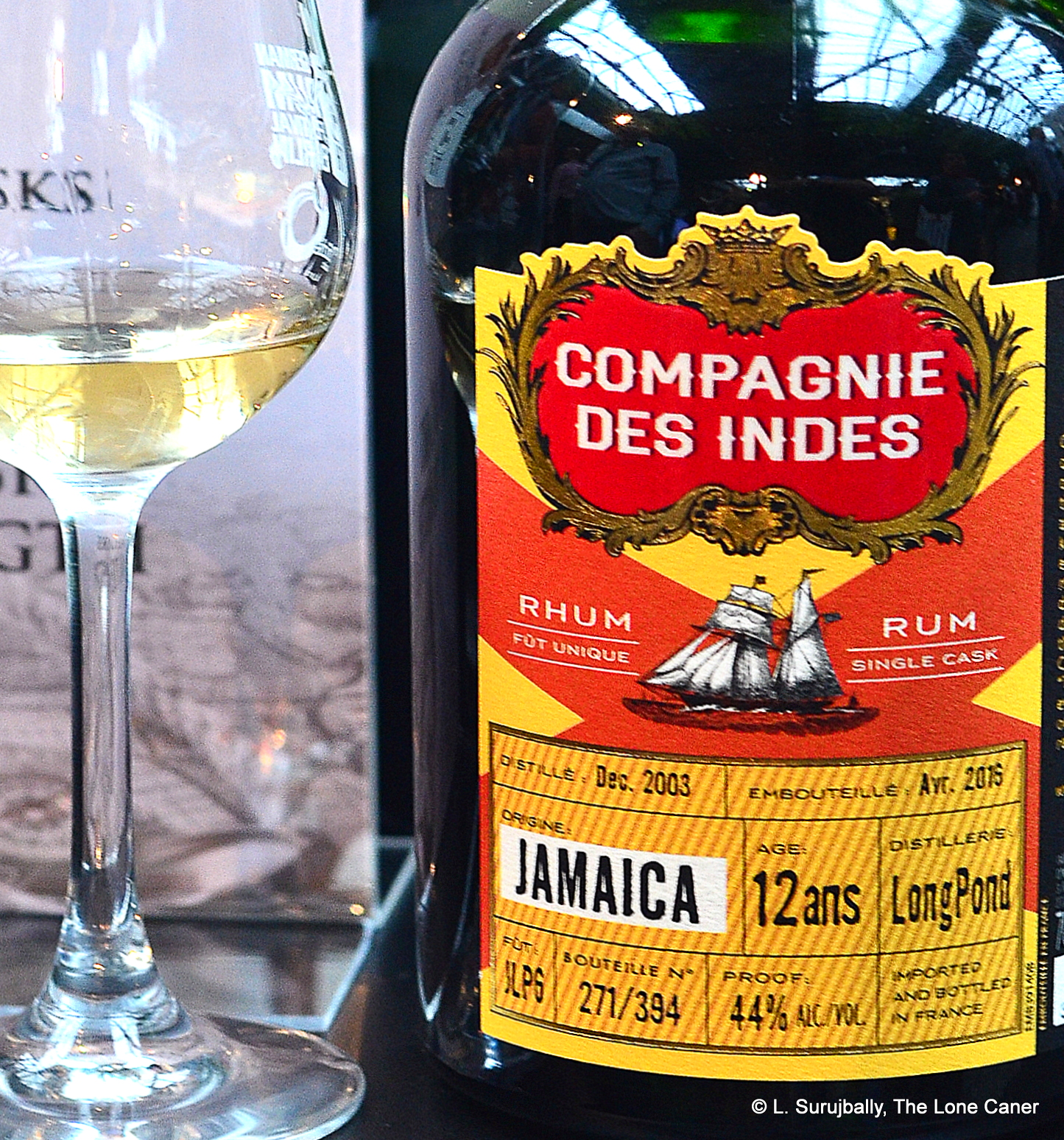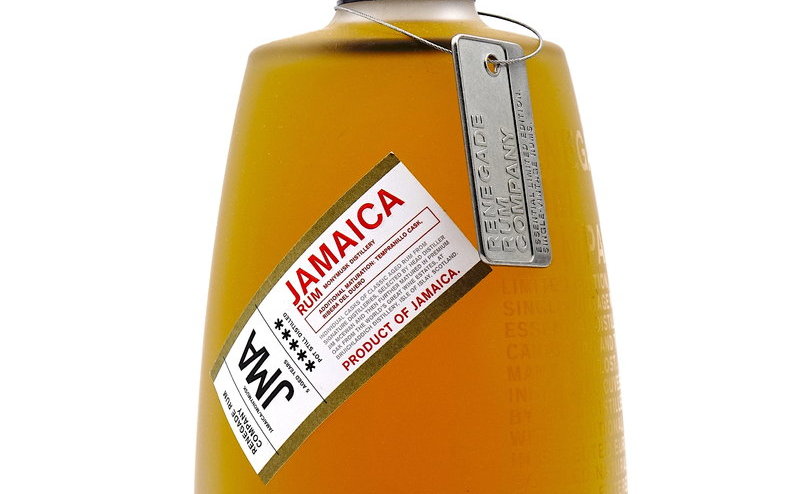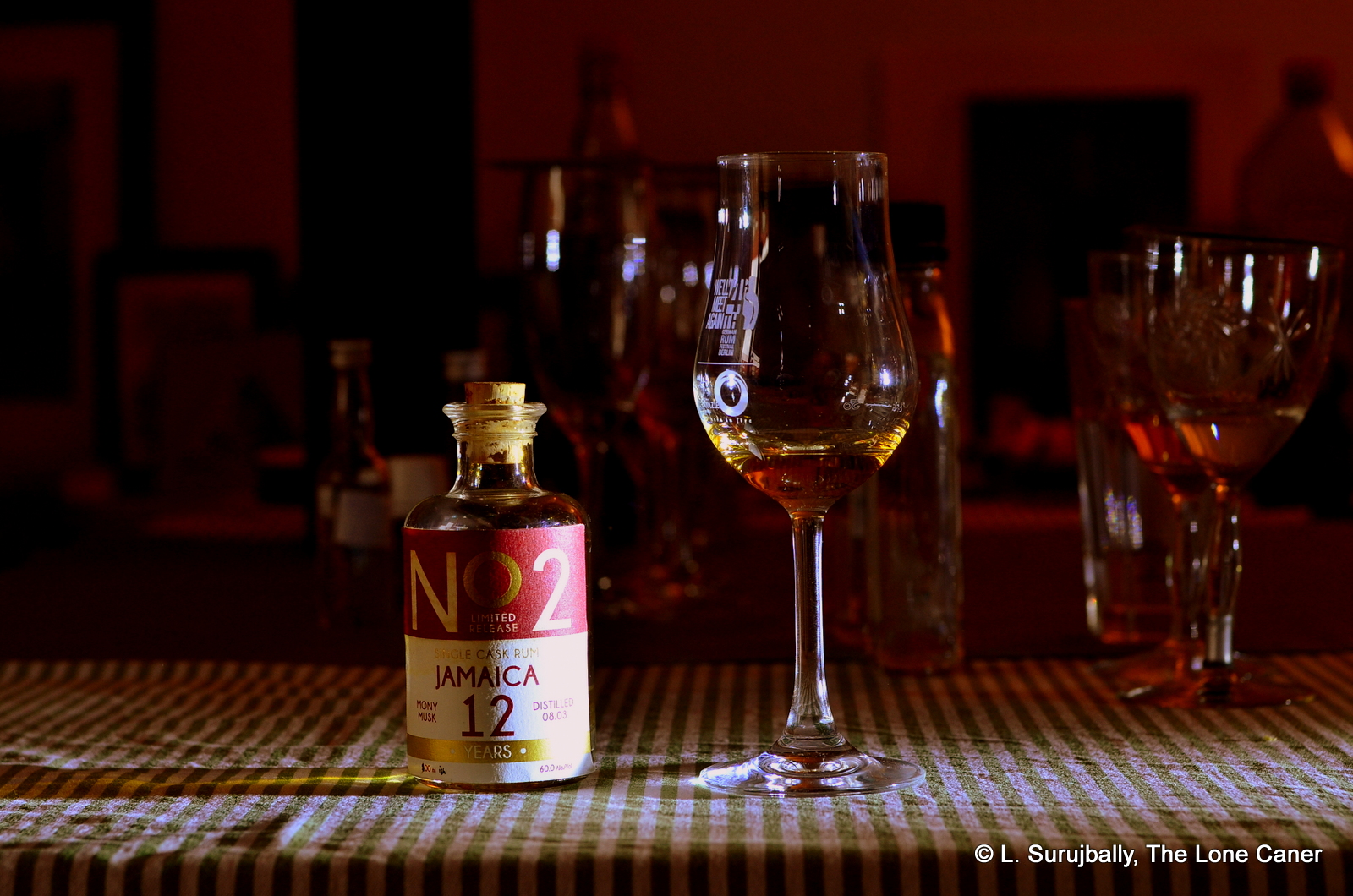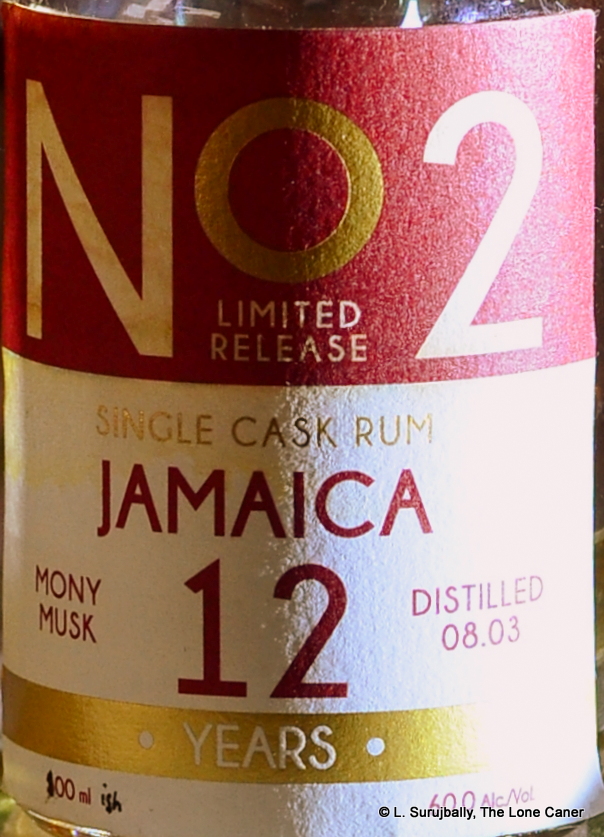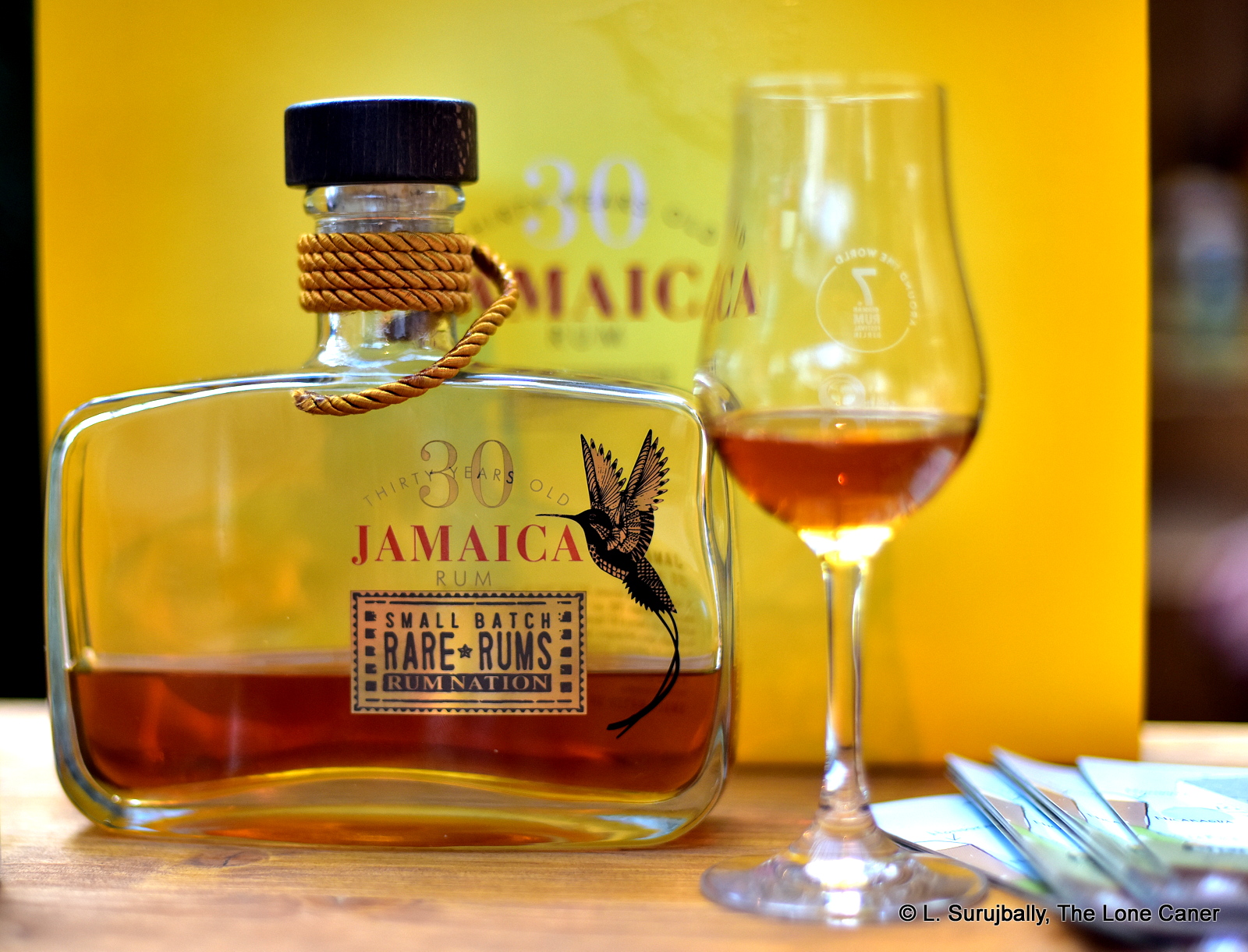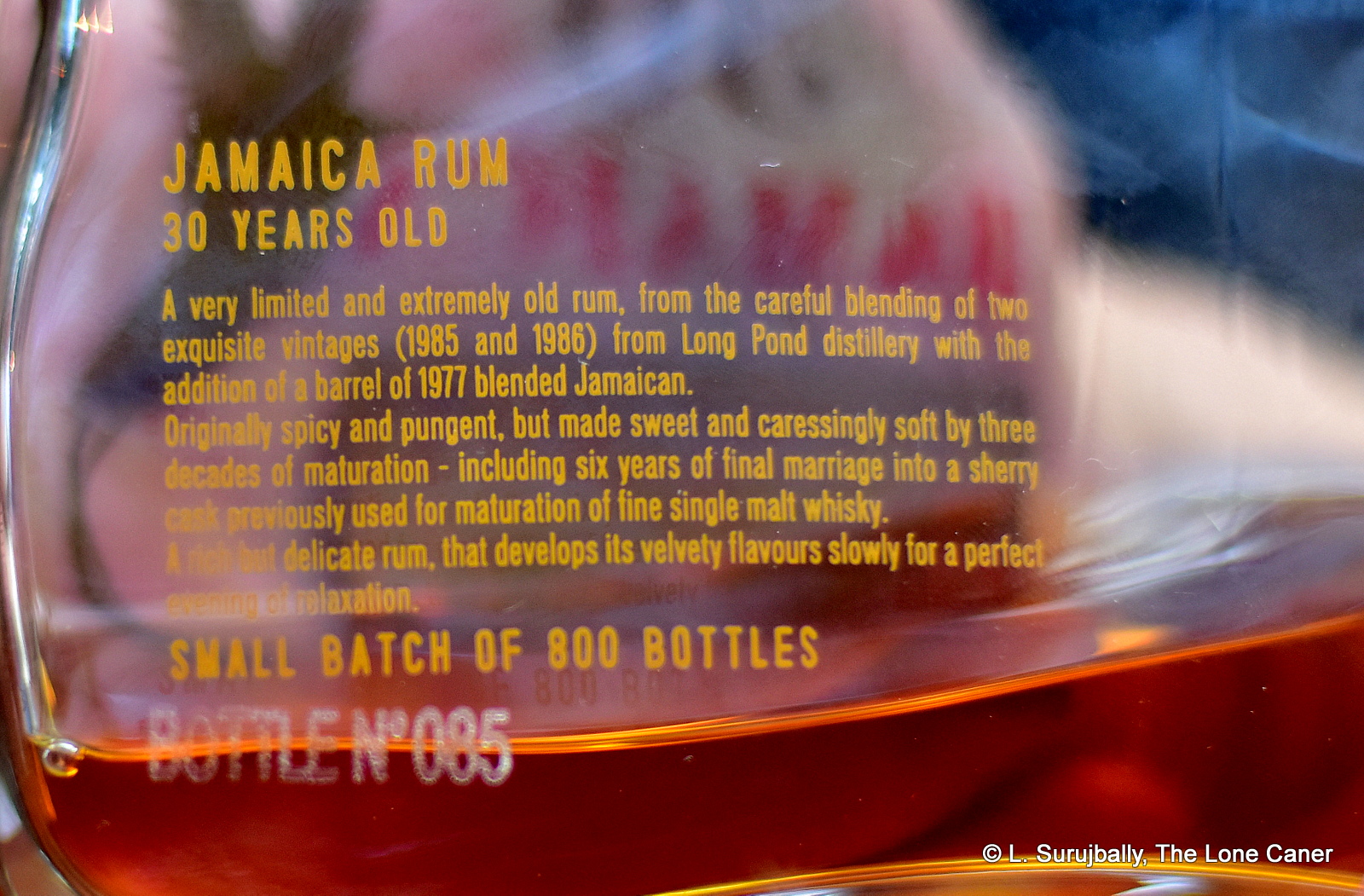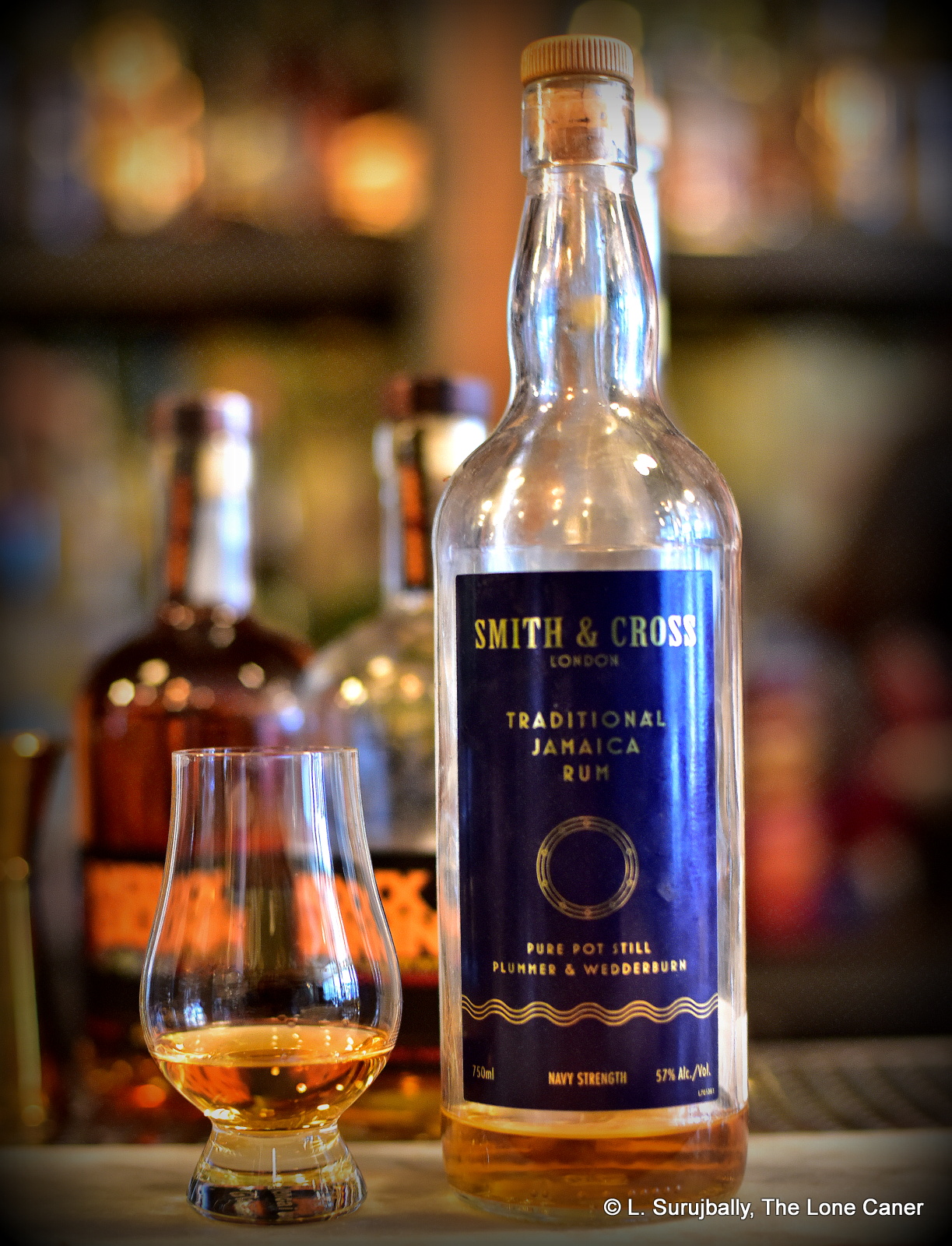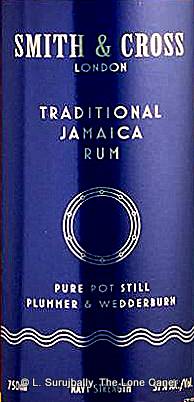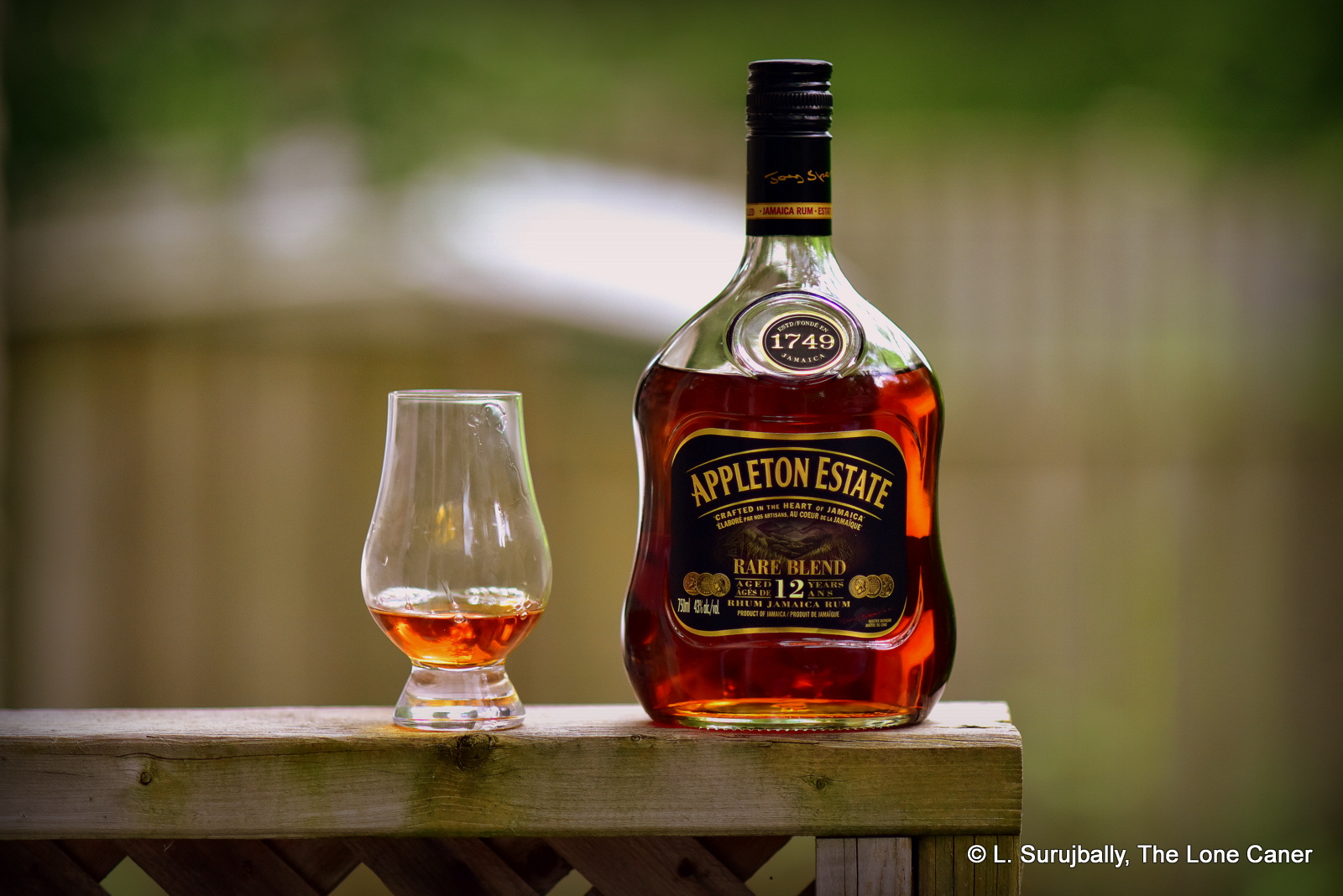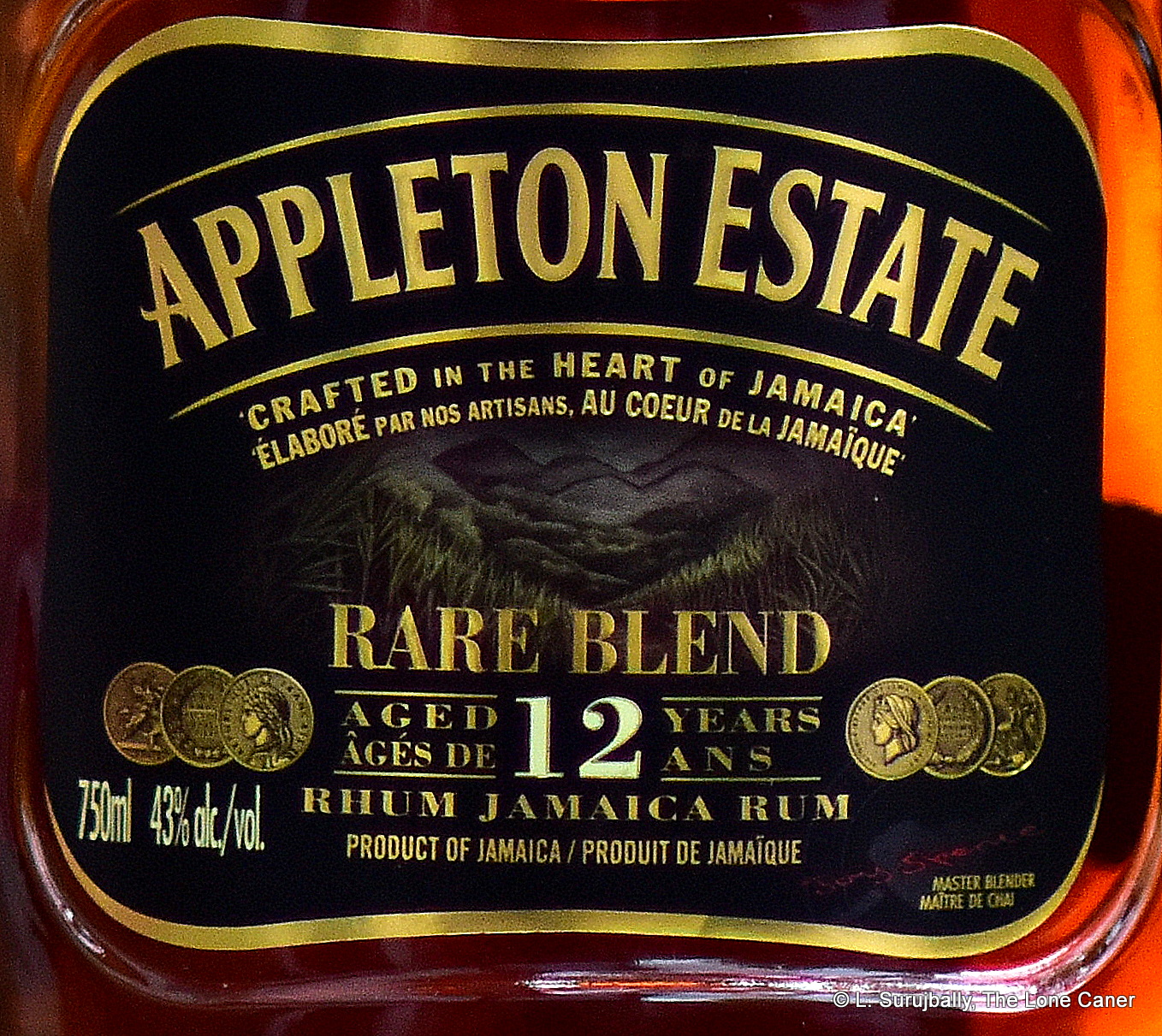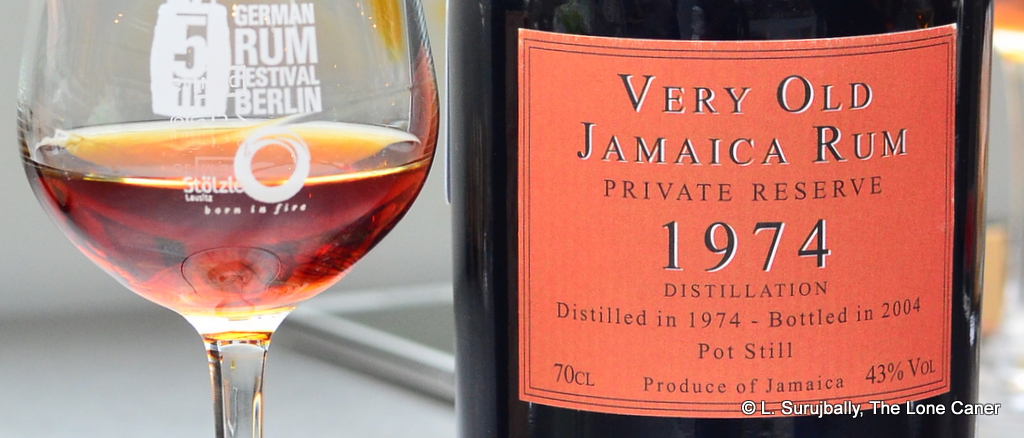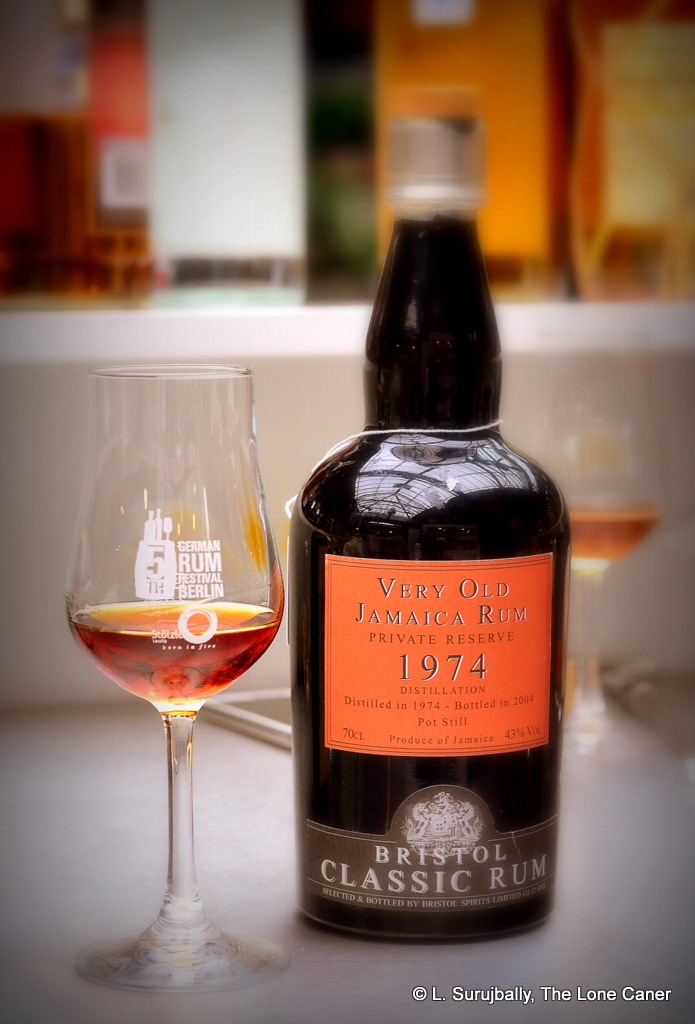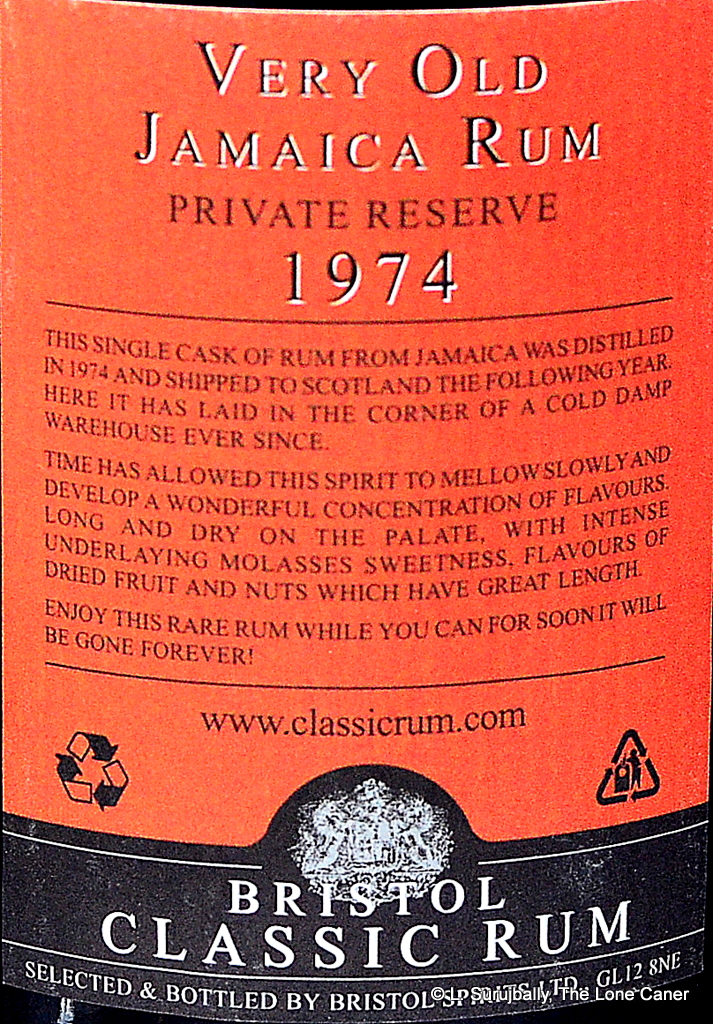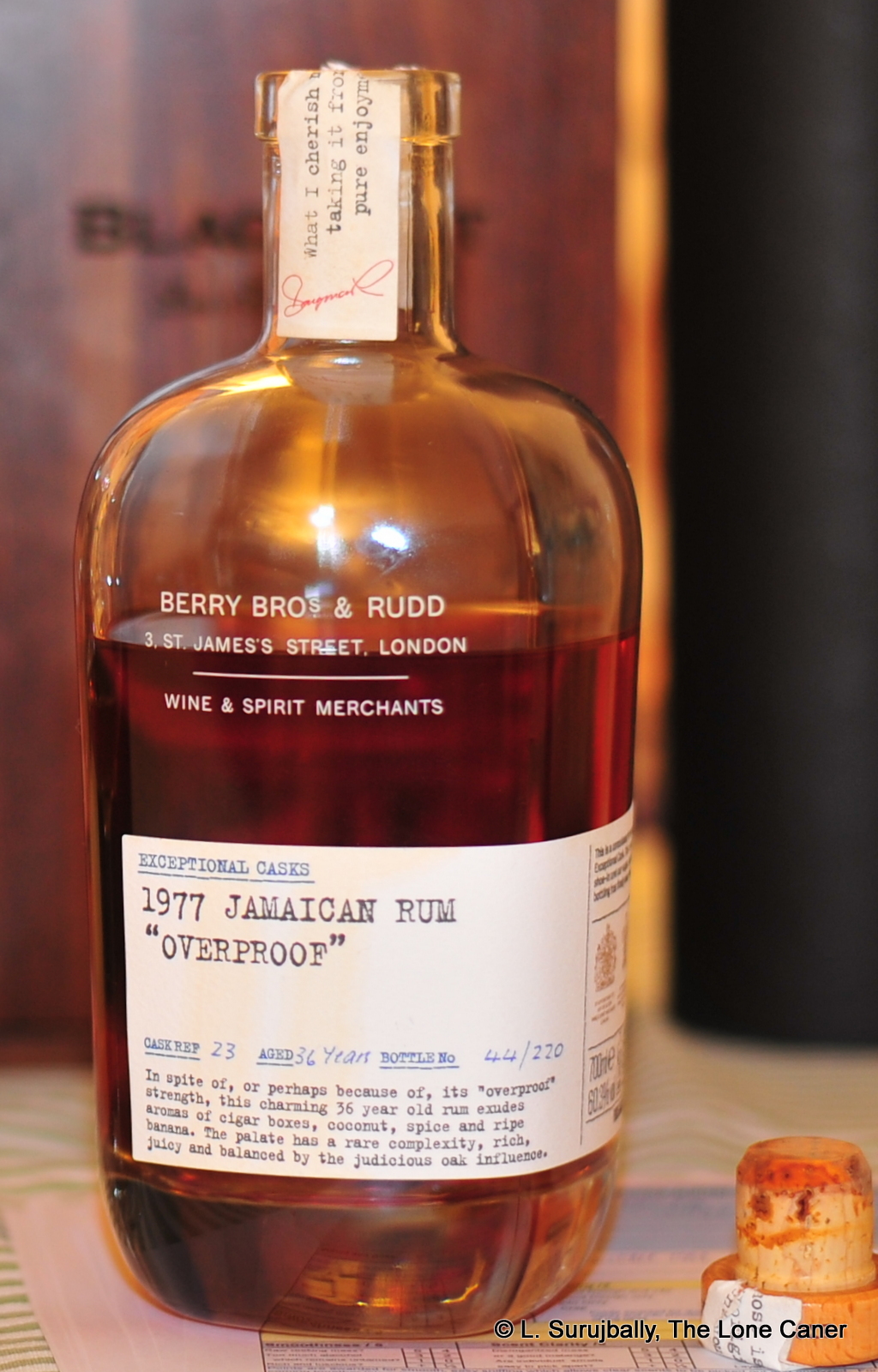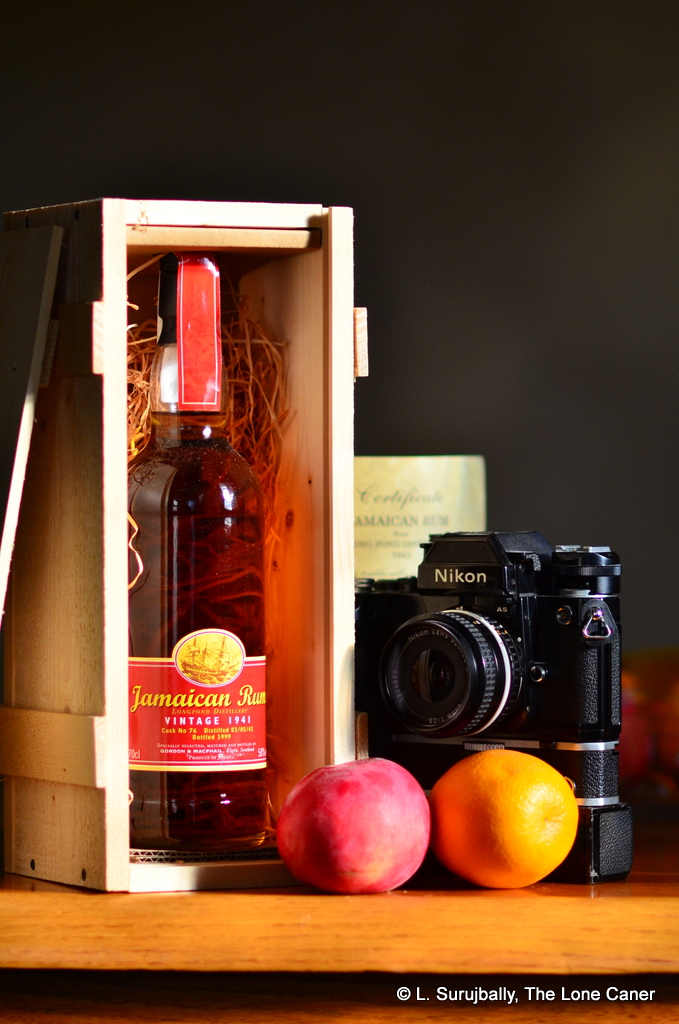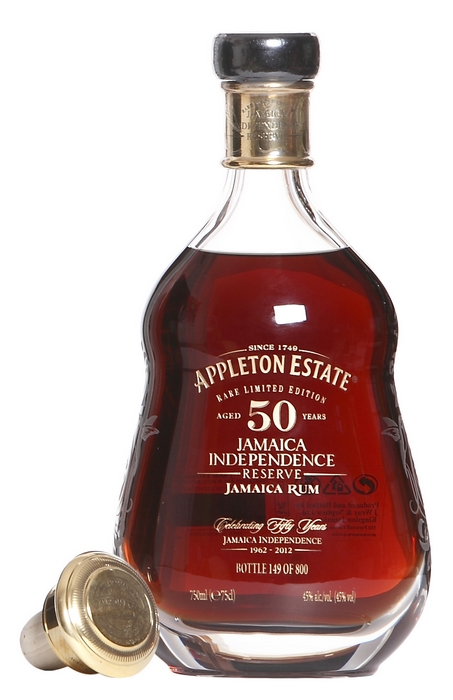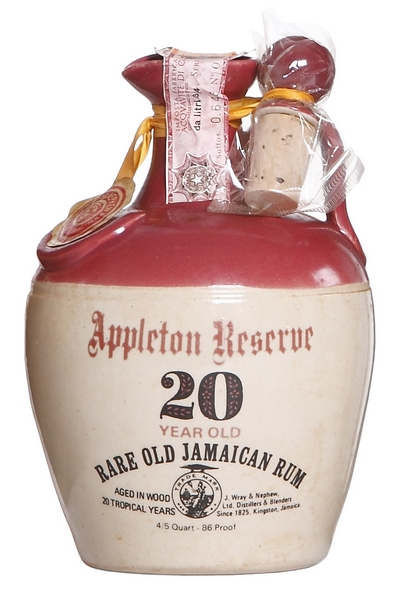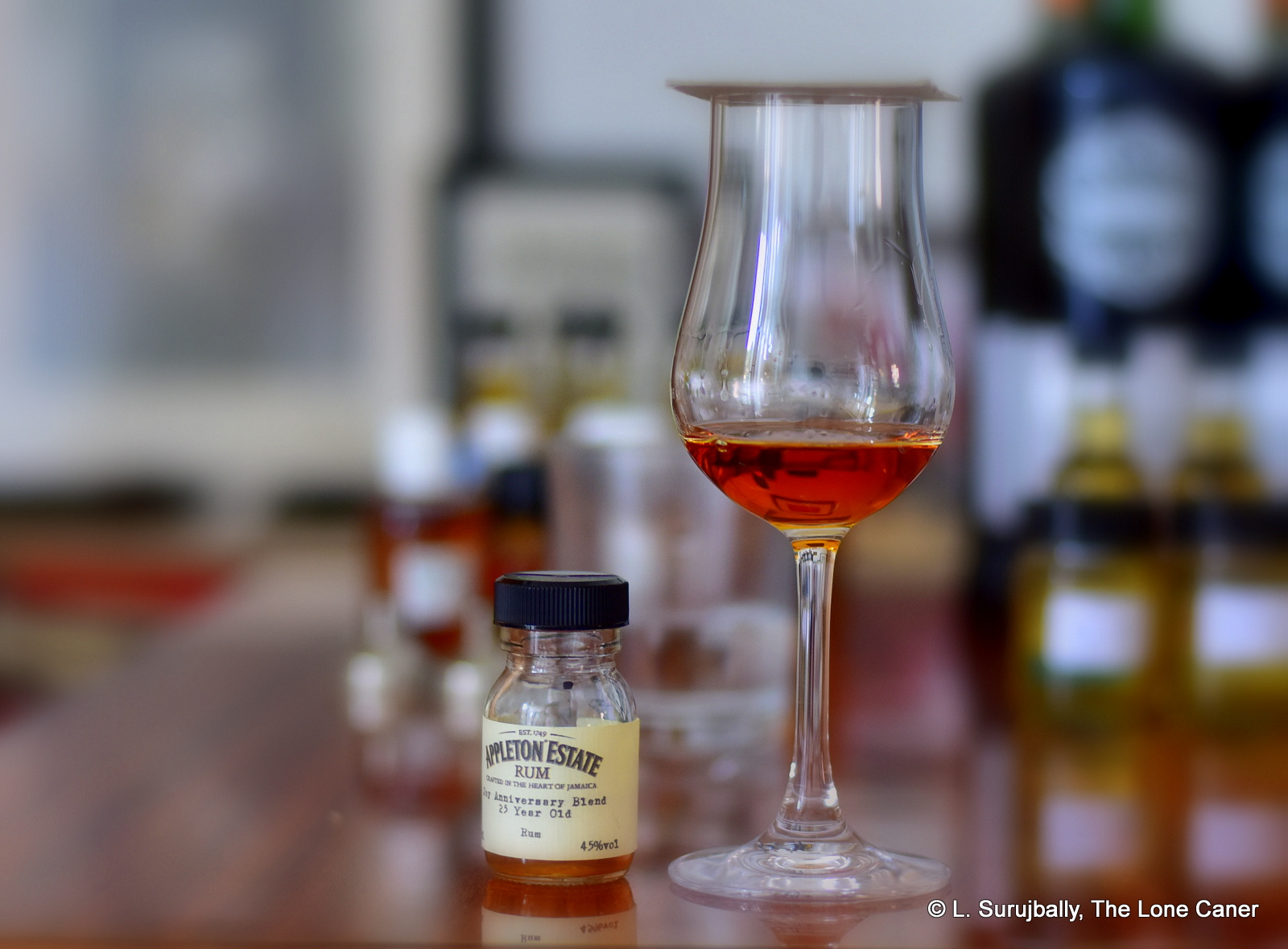
You will rarely find two rums of the same age from the same island more unalike than the Samaroli 1992 25 YO and the Appleton “Joy” 25 year old Anniversary Blend. One is a fierce, cask strength rum, tightly focused, furiously tasty, with a complexity and balance that nearly broke my chart. The other is a blended rum brought into being utilizing every ounce of more than two decades of experience which Joy Spence, Appleton’s Master Blender, brings to the the table. And yet, under the bare statistics that ostensibly set them apart, in both there runs the blood and bones of a Jamaican rum. The “Joy” is as much from the island as the Song of the Banana Man, yardies, rice and peas and Three Finger Jack. And while the “Joy” is a blend and not so individualistic, not so strong, it is nevertheless a triumph of the discipline, a combination more art and alchemy than science, and a worthy cap to Ms. Spence’s career…until she makes the next one.
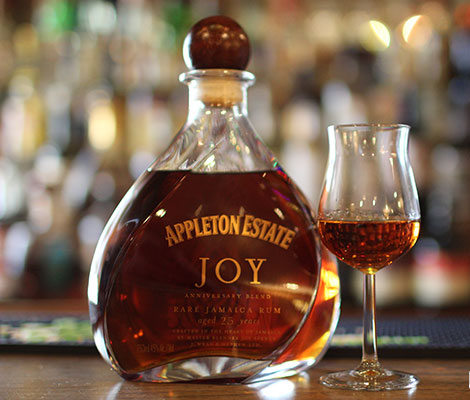
Photo pinched from Josh Miller, used with permission (c) Inu a Kena
Some brief background notes: the rum was issued in 2018 to mark Ms. Spence’s 37 years with Appleton, more than twenty of which were as the Master Blender. It is comprised of rums at least 25 years old, with one — dating back from 1981, the year she joined the company — is in excess of 30, and it’s a blend of both pot and column still marques. With 9,000 liters made, we can estimate somewhere around 12,000 bottles floating around the world, all issued at 45% and costing a bruising $300 or more (which was the same price I paid for the Appleton 30 YO many years ago, by the way).
The “Joy” was, to me, a rum that seemed simply made initially, but developed into a really lovely and complex piece of work – I got the sense of a blender working right at the edge of her abilities, with excitement and verve and panache, and this was evident as soon as I smelled it. The nose began with a beautifully rich molasses aroma mixed in with a sort of dialled down crazy of musky and sharp funk – citrus, honey, oak, rotting fruit. I left it and came back to it over a few hours, and it presented leather, caramel, coffee, ginger, lemon zest with the faint dustiness of cumin. Oh and also nougat, and white chocolate.
The palate was where it shone the brightest, I think, and I would never mix this elegant piece of work (that might actually be a offense punishable by the lash in some circles). It was nicely dry, with forward notes of honey, molasses, vanilla, caramel bon bons and dried coffee grounds, which were intercut with some lingering oak, just enough to provide some bite and tannins without disrupting the smooth flow. It was just a shade briny, not too sweet, and balanced off the deeper flavours with lighter ones — light citrus, ginger, cumin, and green apples and grapes did a funky little number off to the side, for example — and none of it was overbearing or in your face. In fact, part of the rum’s appeal was its deceptively unassuming nature – everything seemed tamped down and rather relaxed, but wasn’t really, just solid and well constructed, and remarkably complex and well-balanced to a fault. Even the dry and medium-length finish, which at that strength tends toward the short, was very enjoyable and softly lingeringly aromatic, closing off the sip with brown sugar, honey, flowers, crushed almonds and a little orange peel.
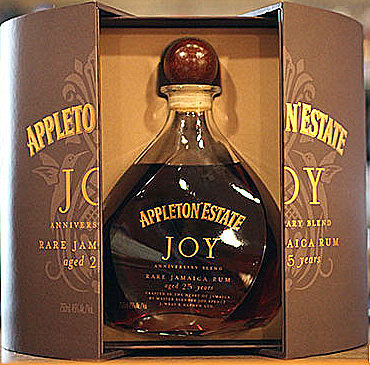
Big hat tip to Josh Miller who allowed me to make off with this picture…
Summing up, this was a wonderful sipping rum. It wasn’t one that took a single distinct note and ran with it. It wasn’t a fierce and singular Jamaican funk bomb or hogo monster that sought to impress with sharp and distinct tastes that could be precisely catalogued like a grocery list of all the things that enthrall us. It was, rather, a melange of softer tastes set off by, and blended well with, sharper ones, none of which ever seemed to strain or reach for an effect, but simply provided a slow parade of commingled flavours that somehow come together into something greater than the sum of its parts.
Ms. Spence is perhaps one of the few legends we have in this curious subculture we inhabit, where owners commonly get more publicity and adulation than blenders (unless both inhabit the same corpus). I have never met her – our paths haven’t crossed, which is my loss, not hers – and yet how could anyone call themselves a rum lover and not know who she is? In some way, her hands have touched, her personality has influenced and her skills are evidenced in every rum Appleton has made in the last quarter century and more. My own feeling is that if she never makes another rum in her life, she will still be known for this one. The original 30 YO was a little overoaked, the 50 YO remains too expensive, the 21 YO too indeterminate and the 12 YO too broad based – but this one, this one is a quiet triumph of the blender’s art.
And if you want a more mundane proof of the rum’s quality, I direct you to the actions of Grandma Caner when I gave her some to try. She affects to a certain indifference my writing, expressing impatience with all these rums cluttering up her damned basement and I could see she wasn’t all that enthusiastic. But when she took an initially disinterested sip, her eyes widened: she just about swallowed her dentures in her haste to ask for more…you never saw an arthritis ridden hand move so fast in your life. The woman finished the sample bottle, cleaned out her glass, then my glass, and I could see her eyeing the bottle, perhaps wondering if it would be considered uncouth to ask to lick it out. Then she got on her old East German rotary phone, and spent the next three hours frantically calling all her friends to go find this thing, and I swear to you, I am not making this up! Word of mouth and actions like that are an endorsement of the “Joy” which no amount of money could ever buy, and the cool thing is, the rum really deserves it.
(#536)(89/100)
